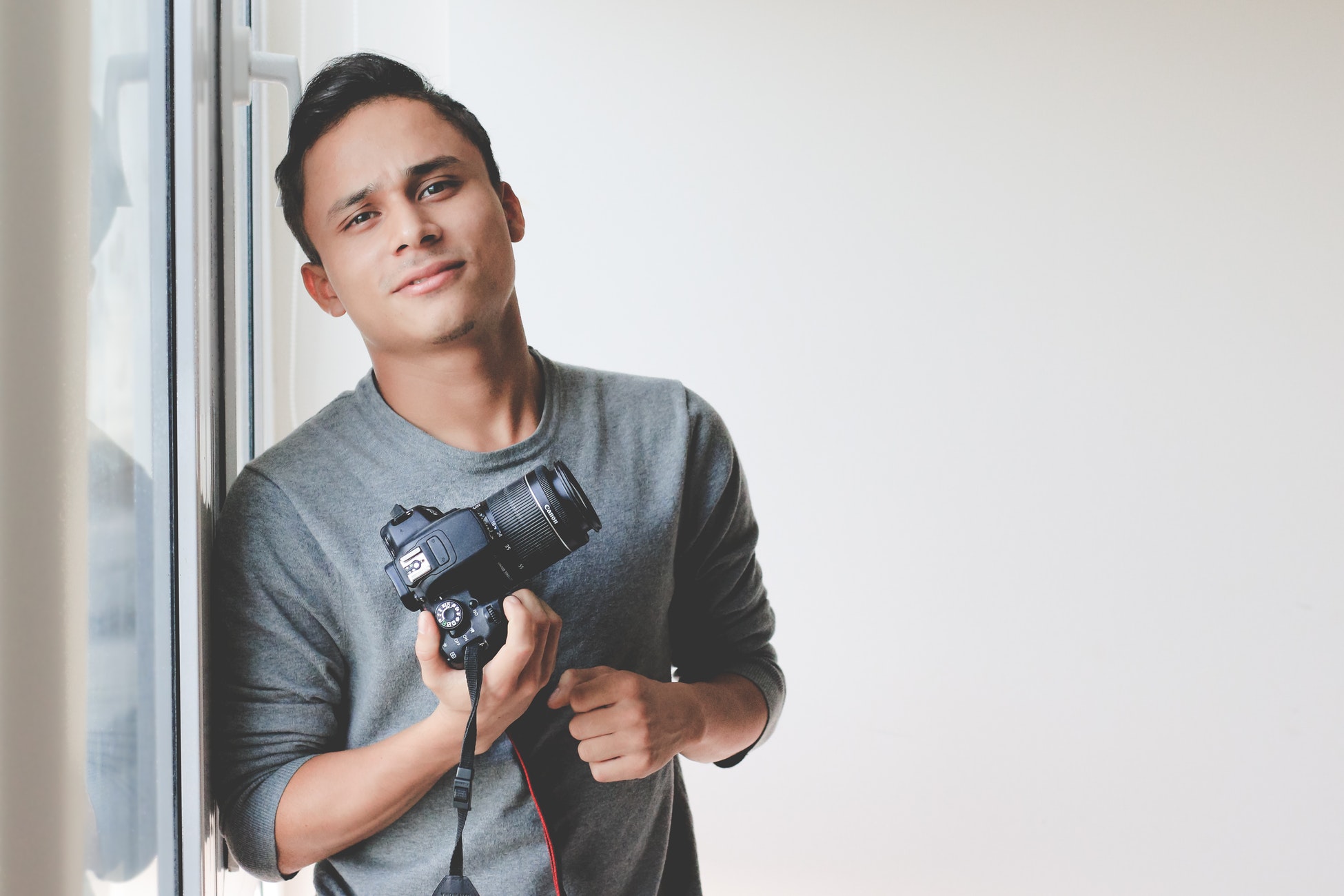
Here’s what you can expect during your virtual citizenship ceremony in Canada
Virtual citizenship ceremonies have become the norm in Canada.
These ceremonies were traditionally held in person, but over the pandemic, Immigration, Refugees and Citizenship Canada (IRCC) started conducting virtual ceremonies to abide by social distancing regulations and reduce the backlog.
Schedule a Free Canadian Citizenship Consultation with the Cohen Immigration Law Firm
The citizenship ceremony is a special event for anyone aspiring to become a Canadian citizen. During the ceremony, eligible applicants sing the Canadian national anthem and take the Oath of Citizenship in front of a judge and their loved ones. The Oath of Citizenship is an official promise to abide by Canada’s laws and uphold the duties of being a Canadian citizen. Once you take this oath, you will be a Canadian citizen.
How it’s conducted:
Canada’s virtual citizenship ceremony takes place over Zoom.
Most virtual ceremonies include multiple individuals, and last up to 1.5 hours.
Family and friends can be present in the room with you. A Presiding Official (like a citizenship judge) and an IRCC official will oversee the video ceremony and administer the oath.
You are expected to dress respectfully; business attire is recommended. Traditional or religious dress and head coverings are allowed.
You need to be in Canada to take the Oath of Citizenship. If you happen to be out of the country on that date, you need to contact IRCC to explain your situation in detail.
Before the ceremony:
Scheduling the ceremony
Expect an email or phone call from IRCC one or two weeks in advance. This invitation will contain the ceremony’s time and date, as well as information on what to bring to the ceremony, how to reschedule this ceremony (if needed) and the Zoom link.
Required technology
You need to have the proper equipment to participate in a video oath ceremony, including access to the internet, a computer, tablet or phone with audio or video capability. If you do not have this yet, you’ll need to get access to a device and download Zoom.
Screen setup
IRCC also recommends choosing an area with a plain background for your virtual citizenship ceremony and adjusting your camera or device, so it is stable, with your head and shoulders visible. Zoom “virtual backgrounds” are not recommended, but you can display Canadian items, or red and white colours.
Documents and tools needed
You will also receive a checklist of things you need to have during the video oath ceremony. This includes:
Your PR card (even if expired), or your Confirmation of Permanent Residence (COPR) as well as your record of landing (if you became a PR before June 28, 2002).
Two pieces of personal identification (one can be your Permanent Resident card, if your second piece of identification is Canadian federal, provincial or territorial issued ID like a health card or driver’s license).
A good pair of scissors, for cutting up your PR card during this session.
Optional: a holy book, if you want to use one to swear the Oath of Citizenship.
Optional: your phone, for taking a selfie at the end of the ceremony (details below).
During the ceremony:
On the day, you click the Zoom link at the allotted time, join the session, and ensure your audio and video are on.
There are two phases in the virtual ceremony: the registration phase and the video oath phase.
Registration
This initial phase takes place in a separate Zoom Room. Here, an IRCC official will confirm your identity. You will be asked to cut your PR card in front of your camera and answer some questions, including how you’d like to receive your citizenship certificate.
Video oath
After registration, you will then be sent back into the main room for the oath ceremony. This is the main part of the citizenship ceremony.
A judge will give a welcome speech and share some background about what it means to be a Canadian citizen. Next, you’ll recite the Oath of Citizenship and sing the Canadian national anthem, along with the other participants. You may wish to practice both the oath and the anthem in advance of the ceremony.
At the end of the ceremony, you’ll get the opportunity to take a selfie with the judge on the screen for personal use, to mark the special occasion. It is not permitted to take pictures or recordings at any other time during the registration and the ceremony.
If you get disconnected during your video oath ceremony, you can try reconnecting again using the same Zoom link and passcode. If you are unable to reconnect, you must contact IRCC so you can be rescheduled for a different time and date.
After the ceremony:
Sign the Oath or Affirmation of Citizenship form
You must sign the Oath or Affirmation of Citizenship form and email it to IRCC immediately. This form will be sent to you by IRCC before the ceremony.
If you choose to have a printout of the form, you need to scan or take a picture of the signed form. Alternatively, you can choose to sign the form electronically.
After signing the form, you must email the document to IRCC as a PDF or JPG.
Wait for your citizenship certificate
After the IRCC has processed the form, you will receive your Canadian citizenship certificate, which acts as proof of your Canadian citizenship. You can opt for one of two methods of delivery:
As an e-certificate, which should be available in the IRCC portal within five business days of them having received your signed Oath or Affirmation of Citizenship form.
As a paper certificate, which will arrive by mail, and can take anytime between two to four weeks after receipt of the signed Oath or Affirmation of Citizenship form.
If you do not receive your paper certificate after six weeks have passed, you can contact IRCC.
Once you receive your Canadian citizenship certificate, you can use that as proof of citizenship when applying for a Canadian passport.
The citizenship certificate is not a valid travel document. You must apply for a Canadian passport if you plan on travelling outside the country.
Schedule a Free Canadian Citizenship Consultation with the Cohen Immigration Law Firm
Here’s what you can expect during your virtual citizenship ceremony in Canada
News
Ugandan Citizen Abducted, Held in Secret Detention for Three Months, Sparks Outrage and Calls for Justice

A disturbing new case of unlawful detention has surfaced, highlighting the ongoing human rights crisis in Uganda. A Ugandan citizen was reportedly abducted and held in a secret facility, known as a “safe house,” for three months, only to be released without charge or explanation. This incident, reported by NTV Uganda, has sparked widespread condemnation and renewed calls for accountability regarding human rights abuses in the country.
While the details surrounding the abduction remain unclear, reports indicate that the individual was taken without due process and held incommunicado—an action that has long been condemned by human rights organizations. The victim’s release, with no charges filed and no clear justification, has angered activists and citizens, who view this as yet another case of egregious abuse of power by the state.
“This is a recurring pattern,” said one human rights activist. “Abductions, secret detentions, and unexplained releases have become all too common in Uganda. These acts violate fundamental human rights and erode public trust in the justice system.”
The use of “safe houses,” unregistered detention facilities reportedly operated by security forces, has been a focal point in numerous allegations of torture and illegal imprisonment. Despite repeated calls from both local and international organizations for their closure and accountability for those involved, little action has been taken to address these violations.
This case underscores the urgent need for reform within Uganda’s security apparatus and greater accountability for human rights abuses. Observers hope that drawing attention to these injustices will spur concrete action to bring those responsible to justice and ensure the protection of basic human rights.
As frustration mounts, calls for both domestic and international pressure to hold the government accountable for such crimes grow louder. “One day, there must be accountability for all these crimes against our people,” stated one social media user, reflecting the sentiments of many Ugandans.
News
NUP Gathering Disrupted: Kyagulanyi Alleges Security Force Harassment and Arrests

National Unity Platform (NUP) President Robert Kyagulanyi has accused Ugandan security forces of using excessive force to disrupt a planned NUP gathering. The allegations were detailed in a statement shared on Twitter, following an event held to honor children of NUP supporters who were killed, disappeared, or detained for their political beliefs.
According to Kyagulanyi, security personnel, under the command of an officer identified as Asiimwe, carried out a preemptive operation early in the morning upon learning of the NUP’s plans. The forces allegedly stormed the premises, arrested workers, and deployed tear gas to disperse those present.
“The criminals under the command of one Asiimwe deployed early morning, arrested our workers, and threw tear gas into our premises. They’ve cordoned off the premises and blocked all people from accessing the place,” Kyagulanyi wrote.
Among those reportedly arrested were Saava Peter, Mudenya Samson, and Turyasingura Samson. Kyagulanyi claimed the detained workers were subjected to beatings and interrogated about their political affiliations, with security operatives labeling them as terrorists.
“These JATT operatives asked the workers who they support politically, branding them terrorists and criminals—their only crime being that they work with us. You can imagine the indignity!” Kyagulanyi lamented.
This incident adds to the growing tension in Uganda’s political climate, where opposition parties frequently accuse the government of stifling dissent. Despite the challenges, Kyagulanyi ended his statement with a message of defiance and optimism, proclaiming, “UGANDA WILL BE FREE.”
NUP Gathering Disrupted: Kyagulanyi Alleges Security Force Harassment and Arrests
News
Sudan Demands Apology from Uganda Over Army Chief Muhoozi Kainerugaba’s Threat to Invade Khartoum

Sudan has demanded an official apology from Uganda over “offensive and dangerous” comments made by the chief of Uganda army staff, who threated to invade Khartoum, the Sudan Tribune has reported.
General Muhoozi Kainerugaba, son of Ugandan President Yoweri Museveni and CDF of the Ugandan army, posted two comments on the X platform on Tuesday in which he threatened “to capture Khartoum” with the support of the US President elect Donald Trump after he takes office. The posts were deleted later.
“The government of Sudan demands and official apology from the Ugandan government for the offensive and dangerous comments of the army commander,” Sudan’s foreign ministry said in a statement that the Sudan Tribune said it has seen.
Sudan Demands Apology from Uganda Over Army Chief Muhoozi Kainerugaba’s Threat to Invade Khartoum









